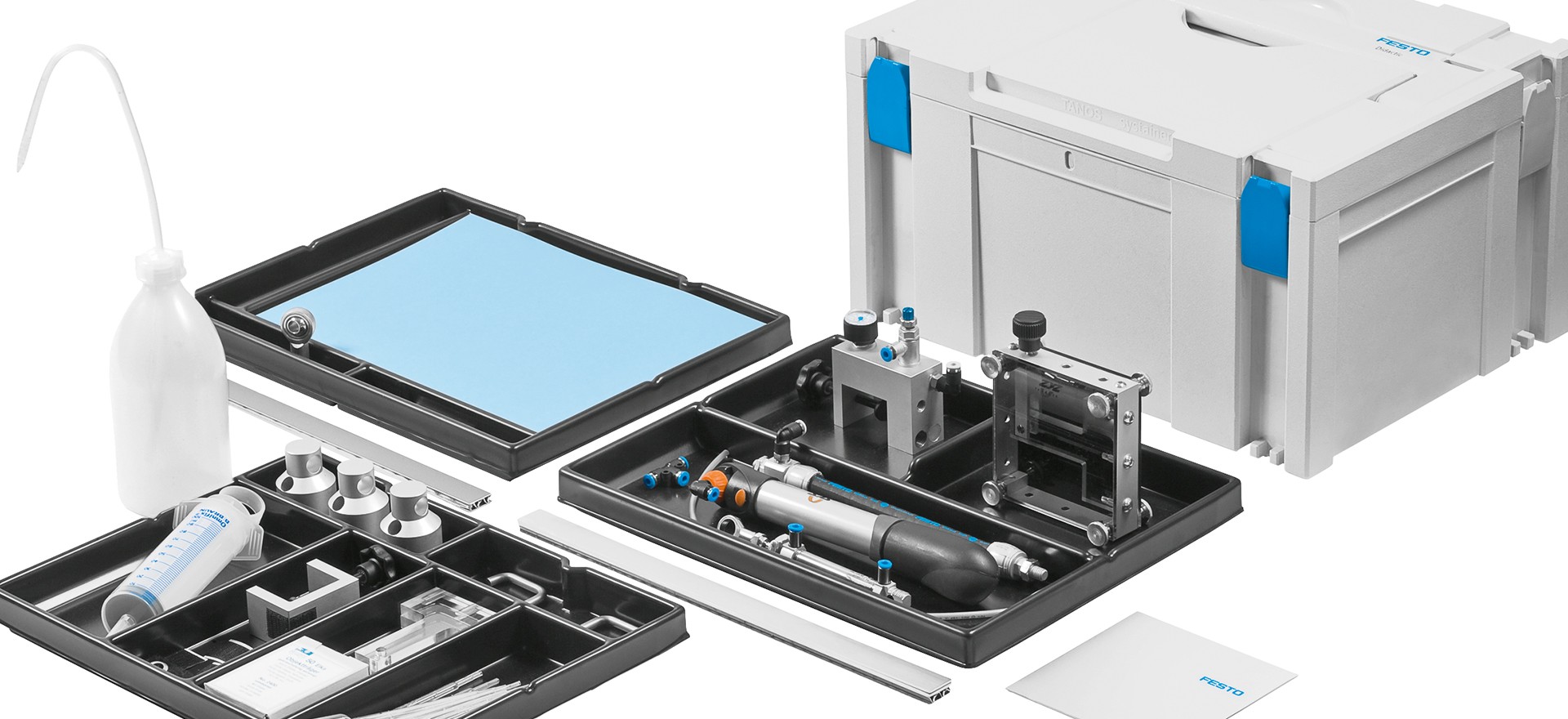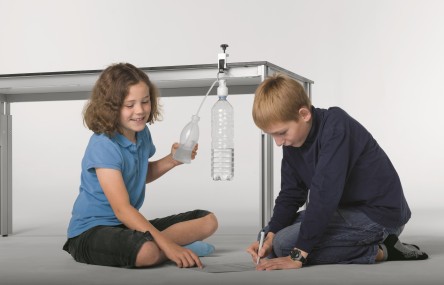

Experiment set with different bionics experiments
Life on Earth has an evolutionary history spanning more than three billion years. During this long evolution process, "ingenious" design principles, optimisation strategies and numerous, sometimes surprising, solutions to problems have developed in nature. Nowadays bionics is applied in nearly all areas of technology:

The bionics case was specially developed for introducing bionics in schools. It allows pupils to experiment by themselves and to experience the basic principles of bionics and scientific work thanks to 6 exciting experiments. The examples were specifically chosen on the basis of their industrial application.
All experiments are easy to carry out and well-documented using prepared worksheets. All the materials are packed in a Systainer and are therefore easy to transport. The Systainer contains all the components and consumables necessary to carry out the experiments. Detailed descriptions, worksheets and teaching information are also provided in English and German.

Science
Technology
Engineering
core range